 Many people will have heard of the Dorking Cockerel but few will have any knowledge of the “Chilworth Chicken”.
Many people will have heard of the Dorking Cockerel but few will have any knowledge of the “Chilworth Chicken”.
This is the affectionate nickname given to a piece of topiary beside the North Downs railway line and which forms a moving memorial to a train guard who lost his life in a tragic incident over 130 years ago.
On Monday 29 February 1892 – a leap year – a goods train travelling from Redhill to Reading crashed at about 10:40pm, throwing the guard, Henry Wicks, to his death. The train, led by two locomotives, had come apart because of a broken goods wagon coupling.
The front portion of the train continued down the gradient and was eventually stopped by the two locomotives. The rear wagons caught up and collided with the front section between Gomshall and Chilworth. The impact threw 30 wagons down the embankment and derailed the vehicle’s front nine wagons and the second locomotive.
Henry, age 52, was found at first light lying on the embankment. He had worked on the railway for 30 years and left behind his wife, a son and daughter-in-law, Jessie Wicks. Jessie was especially upset by the loss of her father-in-law, and was instrumental in the planting of his lineside memorial and asking railway workers to care for it.
Rather than a chicken, the topiary is pheasant-shaped. It sits on a wide chair, symbolising Henry’s peace, and is also known as Jessie’s Seat. Former railway operators maintained it until 1989 and, since then, volunteers have looked after it.
The “Chilworth Chicken” is still there but blink and you’ll miss it! Unfortunately, it’s not accessible from a public route and sits very close to the track. However, to keep the memory alive, a special memorial train was run on the anniversary in 2020. There are now plans to place a poster cabinet at Chilworth Station to explain the story, along with a replica of the train headboard used on the commemoration event.
Ken Bare



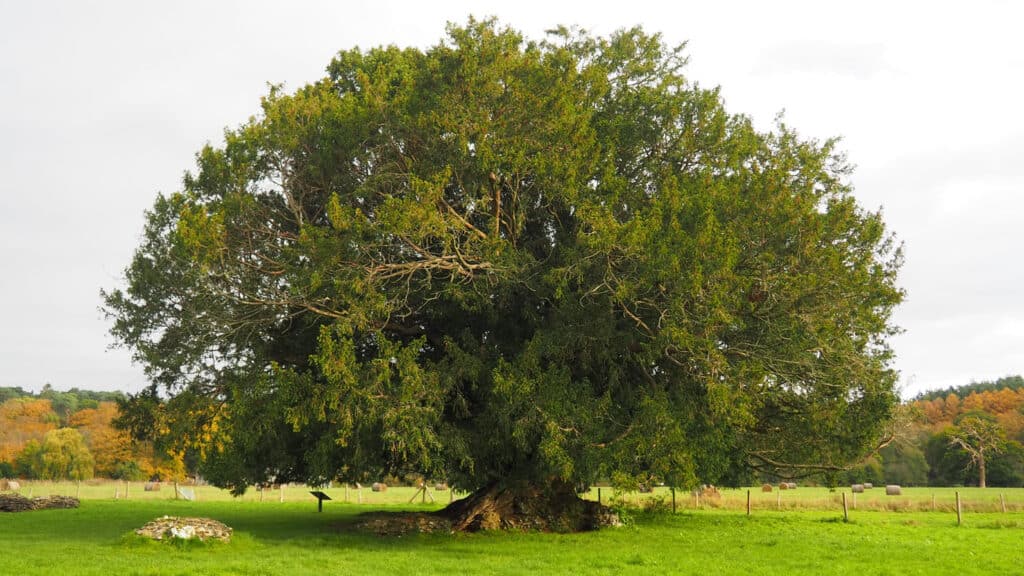
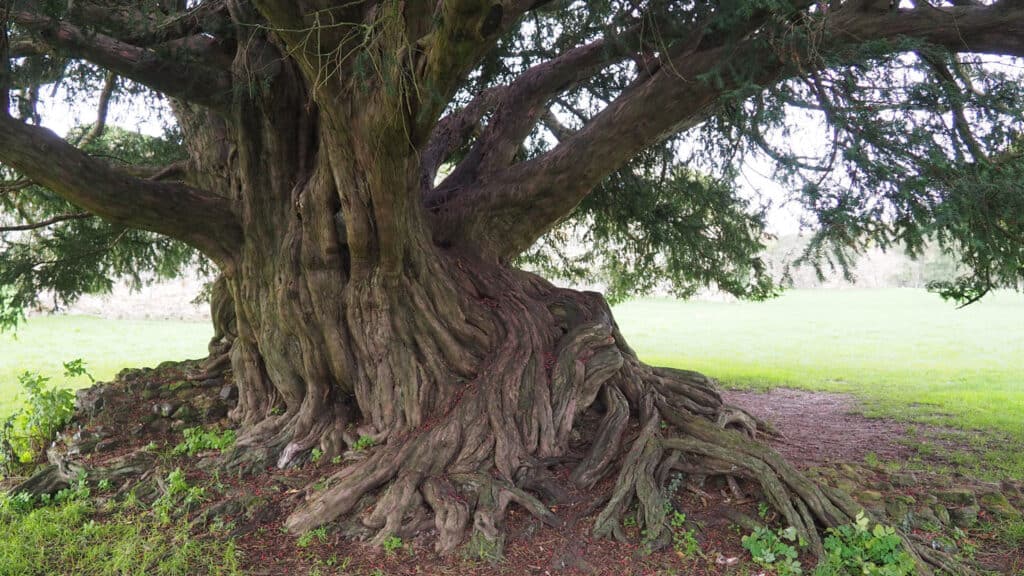
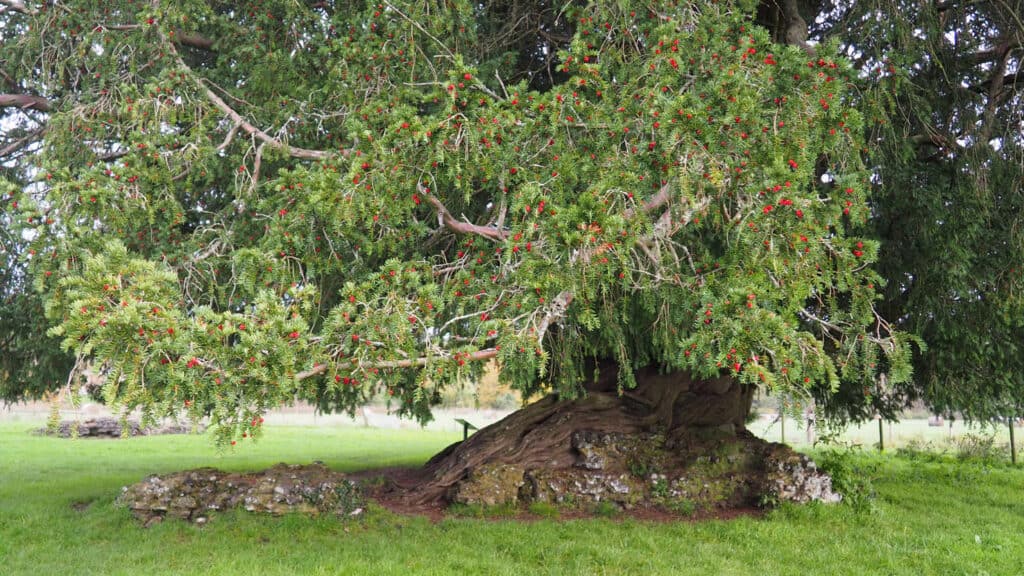
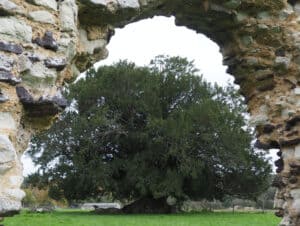 The Yew won with an impressive 16% of the vote. In second place was The Portal Tree Rowan in Midlothian which took 11% of the vote. Third place went to Derbyshire’s Layering Horse Chestnut, with 10% of the votes.
The Yew won with an impressive 16% of the vote. In second place was The Portal Tree Rowan in Midlothian which took 11% of the vote. Third place went to Derbyshire’s Layering Horse Chestnut, with 10% of the votes.
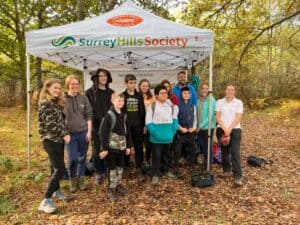
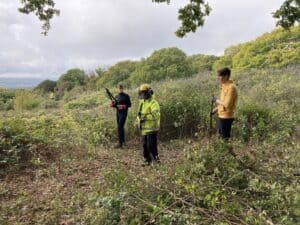 The Growth Team comprises of a group of adults with learning disabilities who carry out important conservation and access work across Surrey. They have been working up at Newlands Corner, to clear encroaching bramble and scrub from the grassland to encourage its restoration but also to help open up the viewpoint and create more places for people to sit.
The Growth Team comprises of a group of adults with learning disabilities who carry out important conservation and access work across Surrey. They have been working up at Newlands Corner, to clear encroaching bramble and scrub from the grassland to encourage its restoration but also to help open up the viewpoint and create more places for people to sit.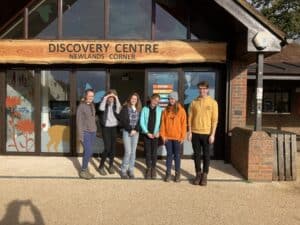
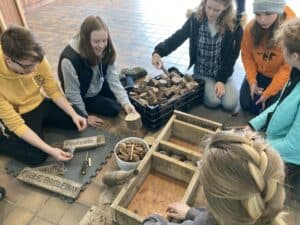
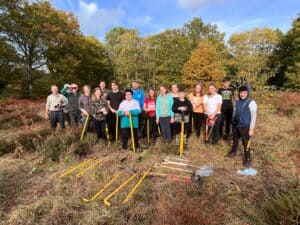
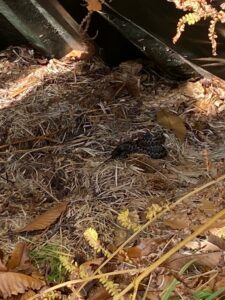

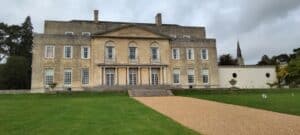
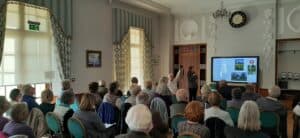 The Park and Garden’s Manager, Dan Ryan then gave a short talk about Capability Brown with particular reference to his design of the historic Gatton Park landscaped gardens.
The Park and Garden’s Manager, Dan Ryan then gave a short talk about Capability Brown with particular reference to his design of the historic Gatton Park landscaped gardens.
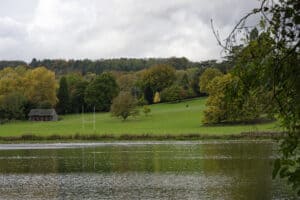
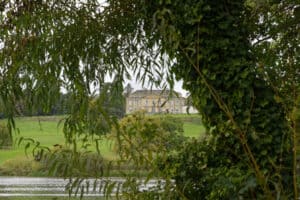
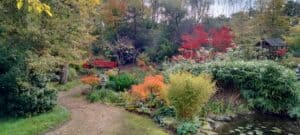 Walking through the park we went down to the Japanese Garden to see the changes that have recently been made, including new steps to improve access. The rock garden has also been recently renovated and it is around that area that there is a beautiful display of snowdrops in February.
Walking through the park we went down to the Japanese Garden to see the changes that have recently been made, including new steps to improve access. The rock garden has also been recently renovated and it is around that area that there is a beautiful display of snowdrops in February.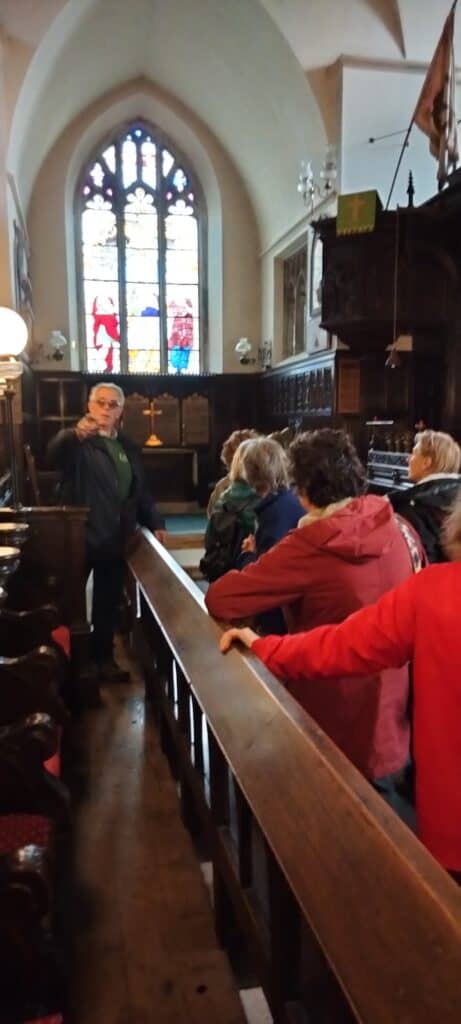
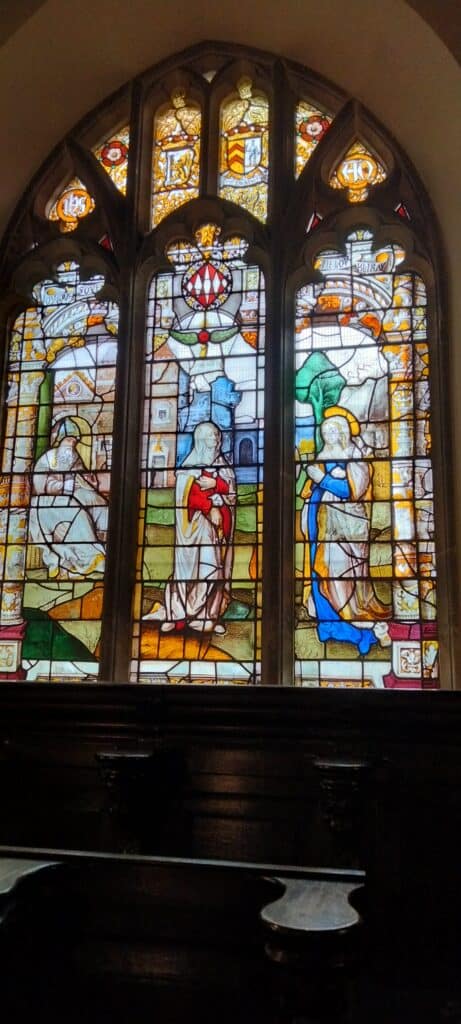

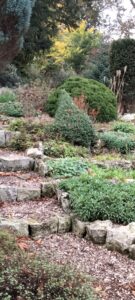

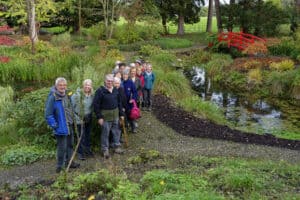

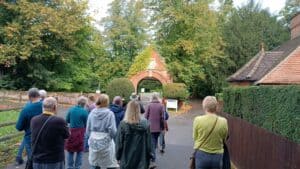

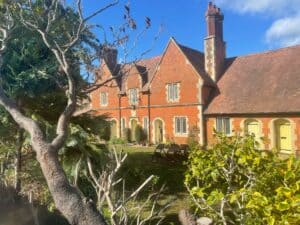

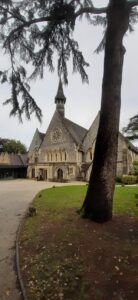



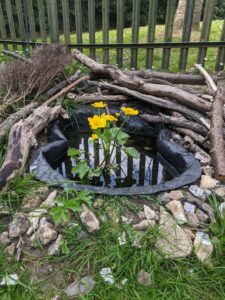
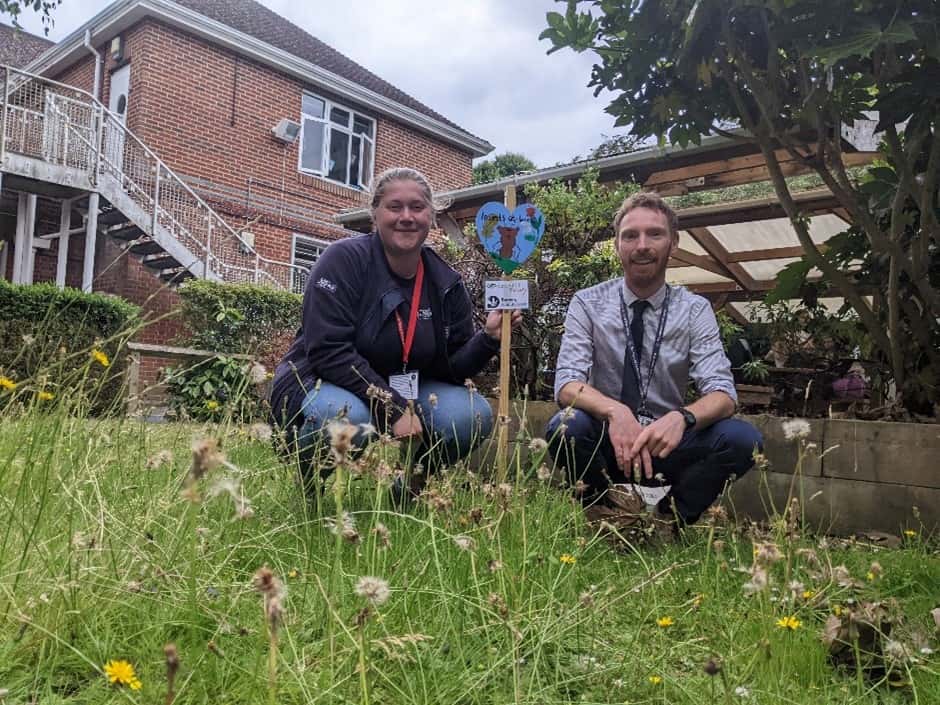
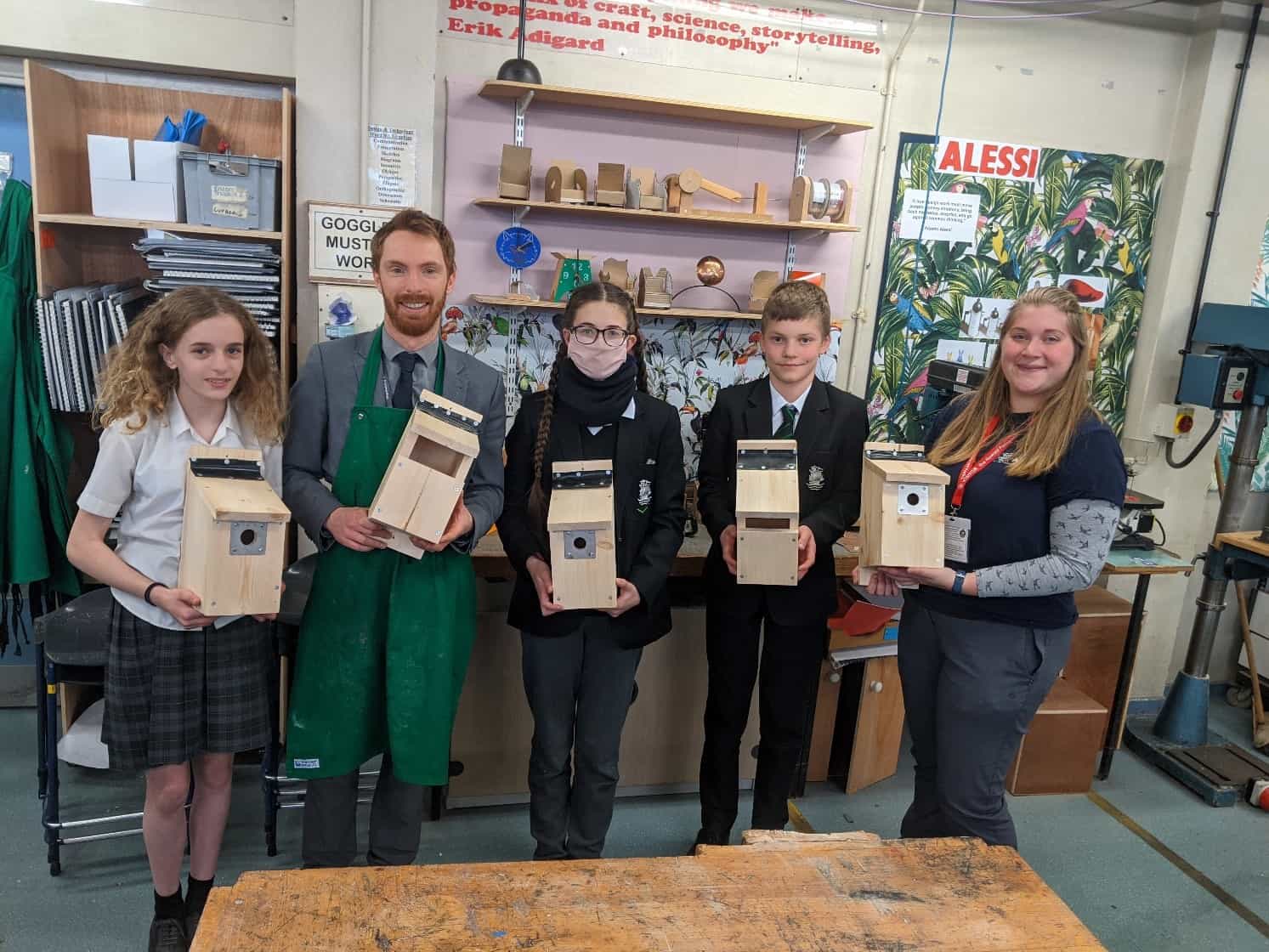
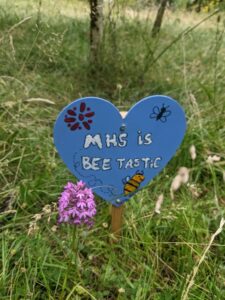
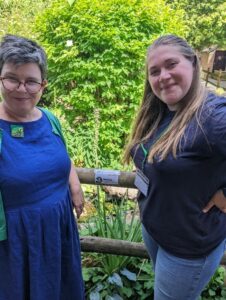 Year 2 planted pollinator friendly seeds, which they looked after for the summer term. The hope is that these will be planted in a new pollinator friendly flower bed!
Year 2 planted pollinator friendly seeds, which they looked after for the summer term. The hope is that these will be planted in a new pollinator friendly flower bed!

 From the outset the Surrey Hills Society responded promptly, providing all the information that we requested, and offered to put together a day that factored in everyone’s needs. On the day itself we had a welcome briefing from the Chairman of the Society before making our way to the footpaths of the Surrey Hills. And wow – what a view!
From the outset the Surrey Hills Society responded promptly, providing all the information that we requested, and offered to put together a day that factored in everyone’s needs. On the day itself we had a welcome briefing from the Chairman of the Society before making our way to the footpaths of the Surrey Hills. And wow – what a view!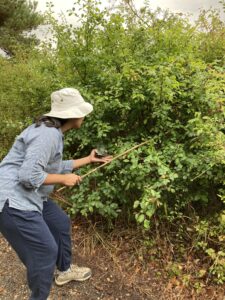
 Split into two groups, our first task was to take part in the Great British Hedgerow Survey. Equipped with guides, diagrams and cane sticks to help us with accurate measuring, we analysed sections of hedgerows, identifying plant varieties, measuring height and depth, noting down any large gaps and answering multiple questions to help guide future conservation work. The Surrey Hills team explained how important the hedgerows are for food, shelter and access routes, with many species wholly dependant on them for their survival. We learnt a great deal about the difference types of species, both plants and animals, that make up a seemingly common hedgerow.
Split into two groups, our first task was to take part in the Great British Hedgerow Survey. Equipped with guides, diagrams and cane sticks to help us with accurate measuring, we analysed sections of hedgerows, identifying plant varieties, measuring height and depth, noting down any large gaps and answering multiple questions to help guide future conservation work. The Surrey Hills team explained how important the hedgerows are for food, shelter and access routes, with many species wholly dependant on them for their survival. We learnt a great deal about the difference types of species, both plants and animals, that make up a seemingly common hedgerow.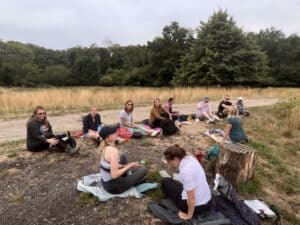
 Some people may mistakenly believe those managing the nation’s motorways wouldn’t be the first to appreciate the nature and beauty of our landscapes, but that misconception could not be further from the truth. Indeed, it has long been a key priority for National Highways to manage the balance between the safety and convenience of those using our roads with the preservation of the landscapes they pass through. This trip highlighted the need for us to continue to prioritise that important work.
Some people may mistakenly believe those managing the nation’s motorways wouldn’t be the first to appreciate the nature and beauty of our landscapes, but that misconception could not be further from the truth. Indeed, it has long been a key priority for National Highways to manage the balance between the safety and convenience of those using our roads with the preservation of the landscapes they pass through. This trip highlighted the need for us to continue to prioritise that important work.
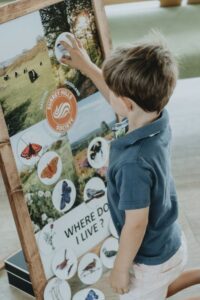
 There were lots of fun activities for the 19 children who attended including the ‘Where do I live’ magnetic board game supplied by Christa and Ash.
There were lots of fun activities for the 19 children who attended including the ‘Where do I live’ magnetic board game supplied by Christa and Ash.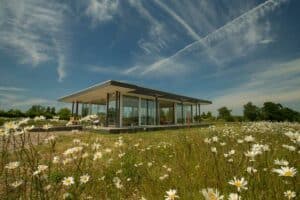 The children could then occupy themselves back at the spacious Pavilion with panoramic views of the reserve. They could make Pom Pom sensory balls, Salt Jars, stone painting and friendship bracelets. The Surrey Hills Society provided colouring pages of animals and a guide book of what is available in the Surrey Hills.
The children could then occupy themselves back at the spacious Pavilion with panoramic views of the reserve. They could make Pom Pom sensory balls, Salt Jars, stone painting and friendship bracelets. The Surrey Hills Society provided colouring pages of animals and a guide book of what is available in the Surrey Hills.



